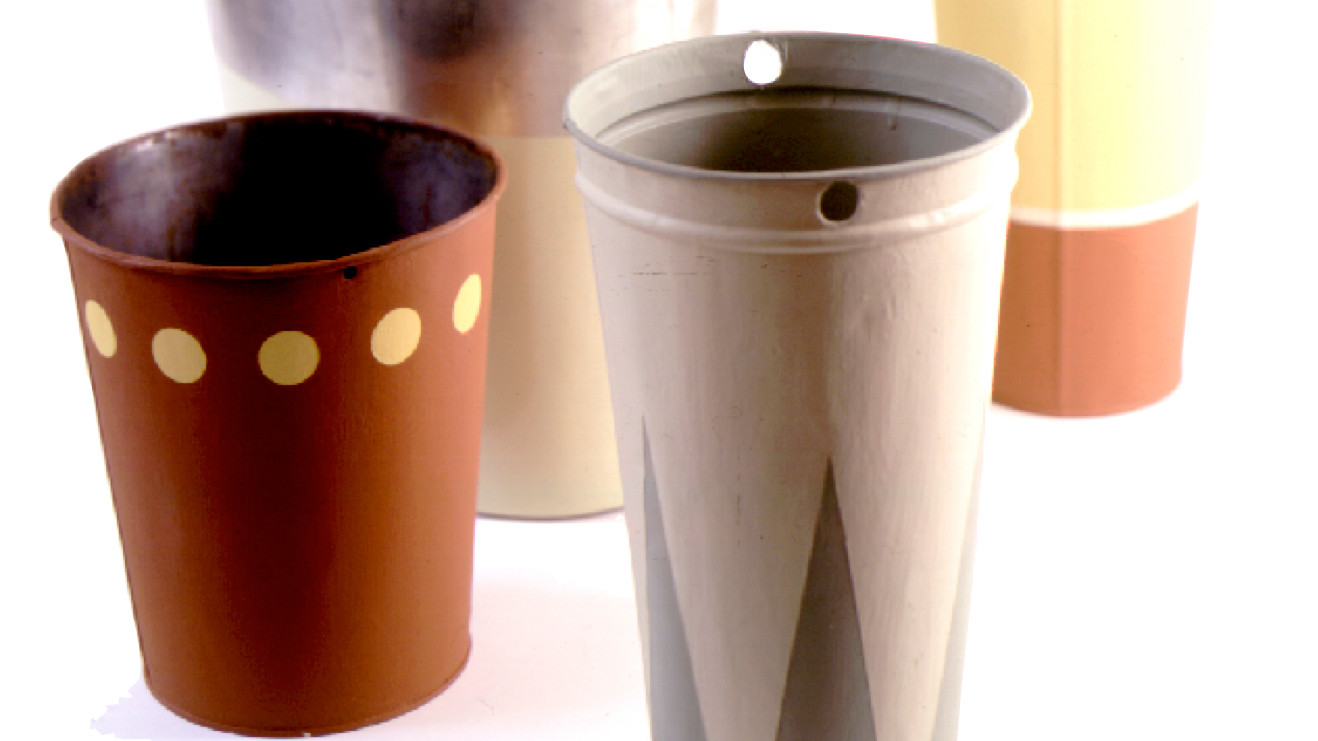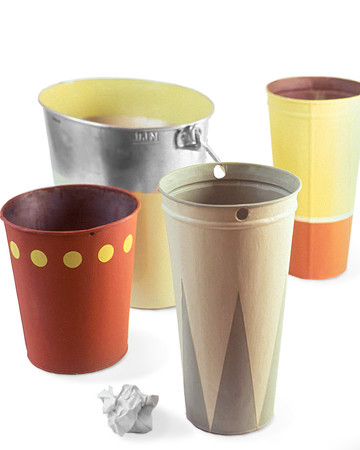

At one point in history, your teapot was a breathtaking work of art. So were your set of kitchen canisters, your watering can, your boxes, and buckets. Even your wastebasket.
This time in history we’re referring to is more specifically the 1800s — when toleware was at the height of its popularity — and even the most humdrum of household items were precious hand-painted masterpieces.
So what is toleware? The word “tole” is derived from the French term “tole peinte de lac,” which means painted tin. Historically, tole painting is a folk art that refers to the decorative painting you commonly see on tin antiques. Typically, these are household objects like trays, coffeepots, utensils, containers, and on a larger scale, even pieces of furniture. The technique — as we know it today — originated in the Welsh town of Pontypool during the 1660s. There, a man named Thomas Allgood was experimenting with metal plating to make it rustproof and decorative all at once. In 1660, he found it. He developed a corrosion-resistant varnish made from linseed soil, burnt umber, and asphaltum. This became known as “japanning” — an imitation method borrowed from Asia that applies a heavy, black lacquer finish to objects and furniture.
The idea that you could transform otherwise lackluster wares into family heirlooms was appealing to say the least: If you could not afford the luxury of china, ornamental wares could still be easily spruced up with a coat of paint. As the technique became more and more popular — craftsmen delved deeper into the details by adding stenciling, gilding, and brushstrokes of color — and suddenly, became beautiful works of art. Toleware was meticulously detailed — from bowls piled high with fruit to floral arrangements in full bloom, idyllic country scenes, and ornamental brushstrokes for added flair. Demand grew. From there, toleware was brought over to America by European immigrants, where it boomed in popularity as a more everyday craft. Amateur artists typically used a “one-stroke” painting technique in which the brush was loaded with multiple colors for highlight and shadow to give something such as a leaf or flower petal a rich depth of color in a single stroke of the brush. This helped produce more pieces faster, as well.
Today, the remaining relics of toleware are considered highly collectible depending on the age, depicted artwork, and state of condition. And while the time has long since passed when every household proudly displayed their toleware, we like the idea of taking a creative cue from this technique! If you have any less-than-pretty tin objects at home, personalize them with a colorful paint job. Let the lush floral motifs of vintage toleware inspire you — you can personalize your object by painting the roses, hydrangeas, and pansies that grow in your own garden, or a bowl of your favorite fruit that sits on your kitchen table. And if you’re a beginner, here is an easy way to make your own modern version: Give tin or galvanized-aluminum buckets a treatment of enamel paint.